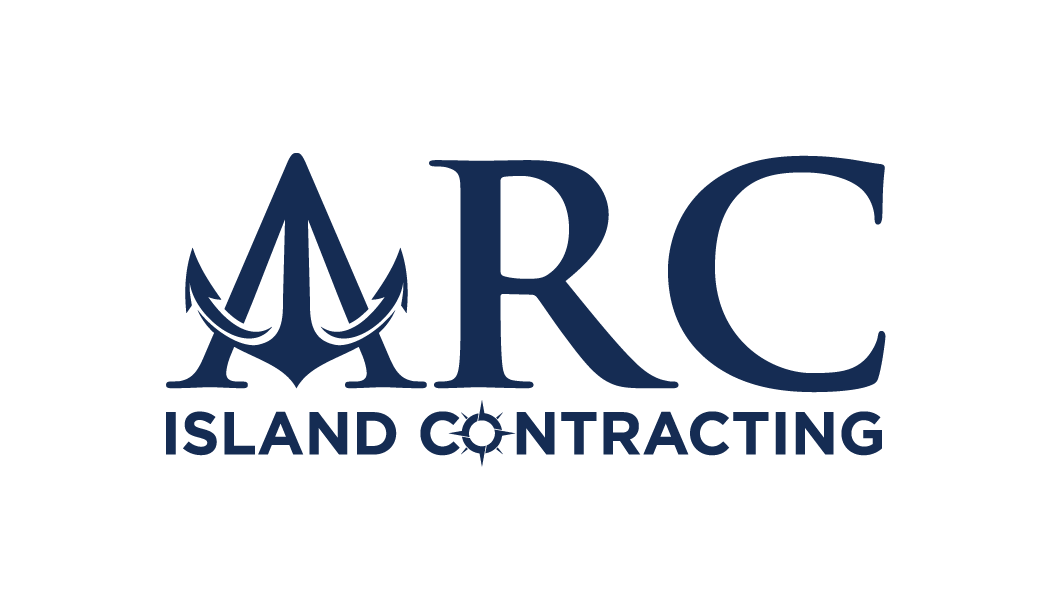The Stages of a Roof Lifespan
Your home’s roof is a significant investment that you can expect to last for many years. Roofing materials are carefully manufactured to withstand most environmental stresses. However, extreme weather conditions and the level of maintenance you provide for your roof over time can have a significant effect on its longevity. Here is a general schedule of how you can expect your roof to age with the passage of years.

Initial Years
Your home’s roof will start out looking clean, with good color and no evidence of wear. Under ideal conditions, you can expect your roof to continue to retain its brand new appearance and function throughout the initial years. However, regional climate conditions, such as extreme snowfall, heavy rains and frequent hail can cause your roofing materials to become damaged sooner than expected. Pitting, softening of asphalt or cracking can occur. If you live in an area with extreme weather conditions, make a point to do regular inspections of your roofing material to ensure that early signs of wear or deterioration are managed properly.
Five To Seven Years
Over time, roof damage can accelerate due to weather conditions, overhanging trees, pollutants in the air and other factors. During this stage, you will begin to clearly see the factors that impact your roof’s longevity. The roof’s ability to shed snow, the likelihood of damage from tree sap and overhanging branches, as well as local environmental contaminants will begin to effect the appearance of your roofing materials. You may have established a schedule for cleaning your gutters and examining the condition of the roof. You may have already noted areas of potential damage that will need to be monitored to avoid future problems. These signs may alert you to the need for pruning tree branches to prevent damage.
Eight to Twelve Years
During the time period from eight to twelve years, homeowners need to ensure that roof materials retain their ability to protect internal construction materials. Asphalt shingles may show some curling, cracking or separation during this period. Replacing damaged shingles and ensuring that underlying roofing materials are intact is an essential way to extend the life of your asphalt roof. Clay and concrete roofs should be carefully examined for cracks or loosening of tiles. Mold can grow on the surface of tiles and intrude into margins, causing looseness and damage to underlying material. A reputable roofing contractor can remove this mold safely, without doing damage to the existing tiles. Metal roofs should be regularly cleaned of leaves and other vegetative debris. Maturing trees can cause damage on any type of roof and should be removed, as needed, as the years pass.
Twelve To Twenty Years
As the asphalt tile roof moves toward the end of its lifespan, the homeowner should increase the amount inspections and repairs to ensure that the roof lasts as long as possible. If you have done ongoing maintenance on your asphalt roof, the damage may be minimal at this point, and you will be able to plan its replacement more conveniently. Clay or concrete roof materials may require minor repairs or tile replacement. Metal roofing may also need some minor tightening of fasteners to ensure effective function. All types of roofing materials can be damaged by foot traffic. Keep walking on the roof down to a minimum to preserve the roof lifespan.
Twenty+ Years
The expected roof lifespan for asphalt is about 20 years. If you have reached this deadline, it’s a good idea to begin talking to contractors about roof replacement. Clay and concrete roofs have a longer lifespan, at about 60 years. However, inspections may reveal areas of damage that require attention to ensure that the roof continues to provide protection for your home’s interior and exterior. Metal roofs are said to last as long as 40 to 60 years, but after 20 years, even this material may require some repairs to correct minor separation and corrosion of fasteners to ensure that damage to materials under the metal does not occur.
Doing annual inspections of your roofing materials will help you to find small problems early, before they become larger, more expensive issues and will increase the roof lifespan. Make a habit of doing a visual inspection of your roof from street level on a periodic basis to detect minor wear. If you have any concerns about your roof, contact ARC Contracting.
